By now, you’ve likely heard about this new diet, and perhaps had discussions about it with friends or family. This diet follows a strict regimen of foods high in fats, low in carbohydrates, and moderate in amounts of protein.
The Keto Diet is not a traditional “calorie-counting diet.” When following the Keto Diet, you must keep a close watch on your carbohydrate intake, limiting carbs to fewer than 50 grams per day—less than the carbs in four slices of bread. This “high-fat, low-carb” regimen results in a state of ketosis (thus the name), in which the body burns fat for energy, leading to weight loss.
The Keto diet can be beneficial for diabetics, especially those with Type-2 diabetes that are looking to reverse it, as it further-prompts the dieter to keep a wary eye on the amount of carbs in their diet. However, it does not come without risk; such a low intake of carbohydrates can lead to hypoglycemia, or low blood sugar, which can cause dizziness and, very rarely, seizures. Other side effects may include constipation, headaches, and bad breath. Following the Keto diet recommendations can also make it difficult to meet your daily nutritional needs.
If you’re planning to start the Keto diet the key is always consistency. The weight loss plan that works is the one with which you can adhere.
